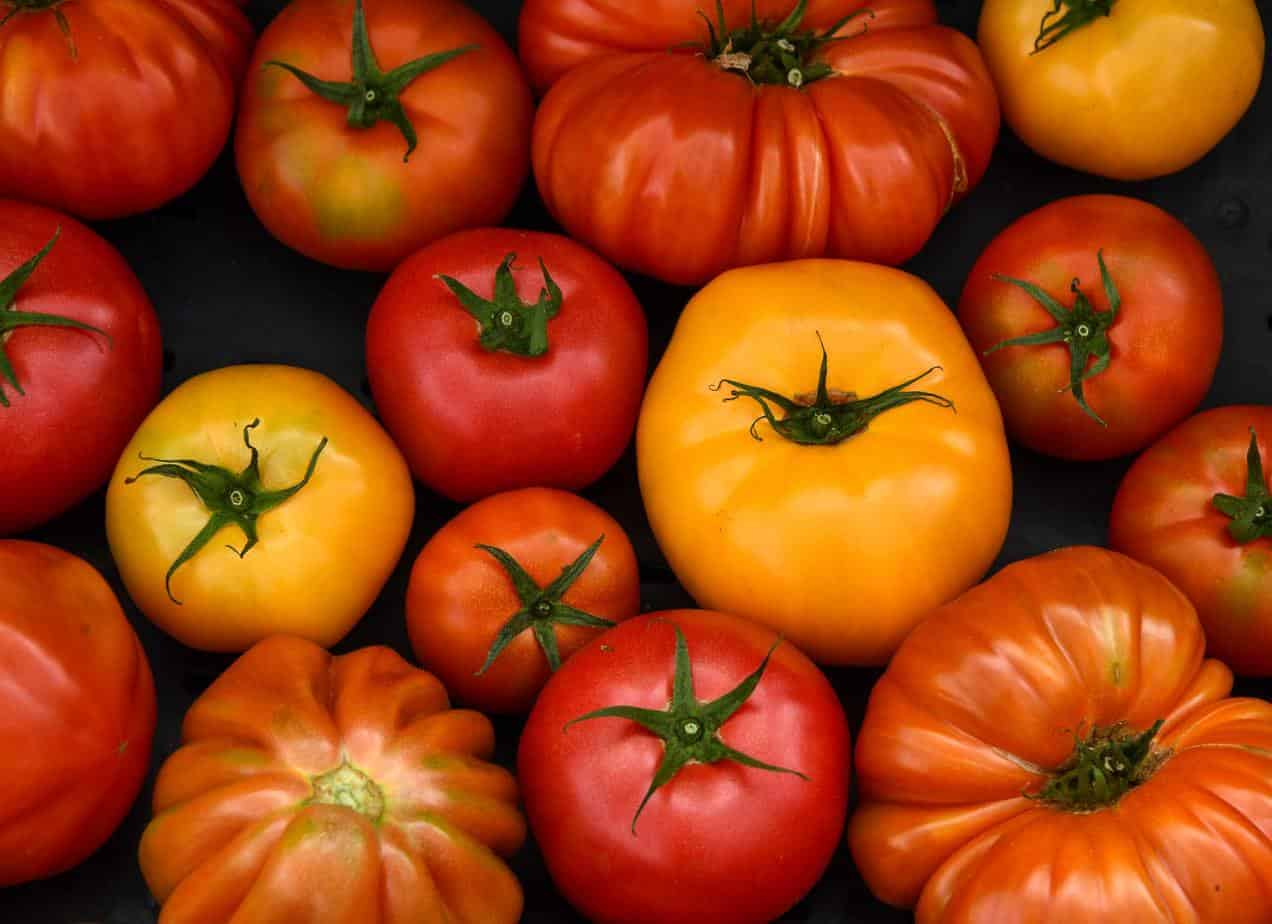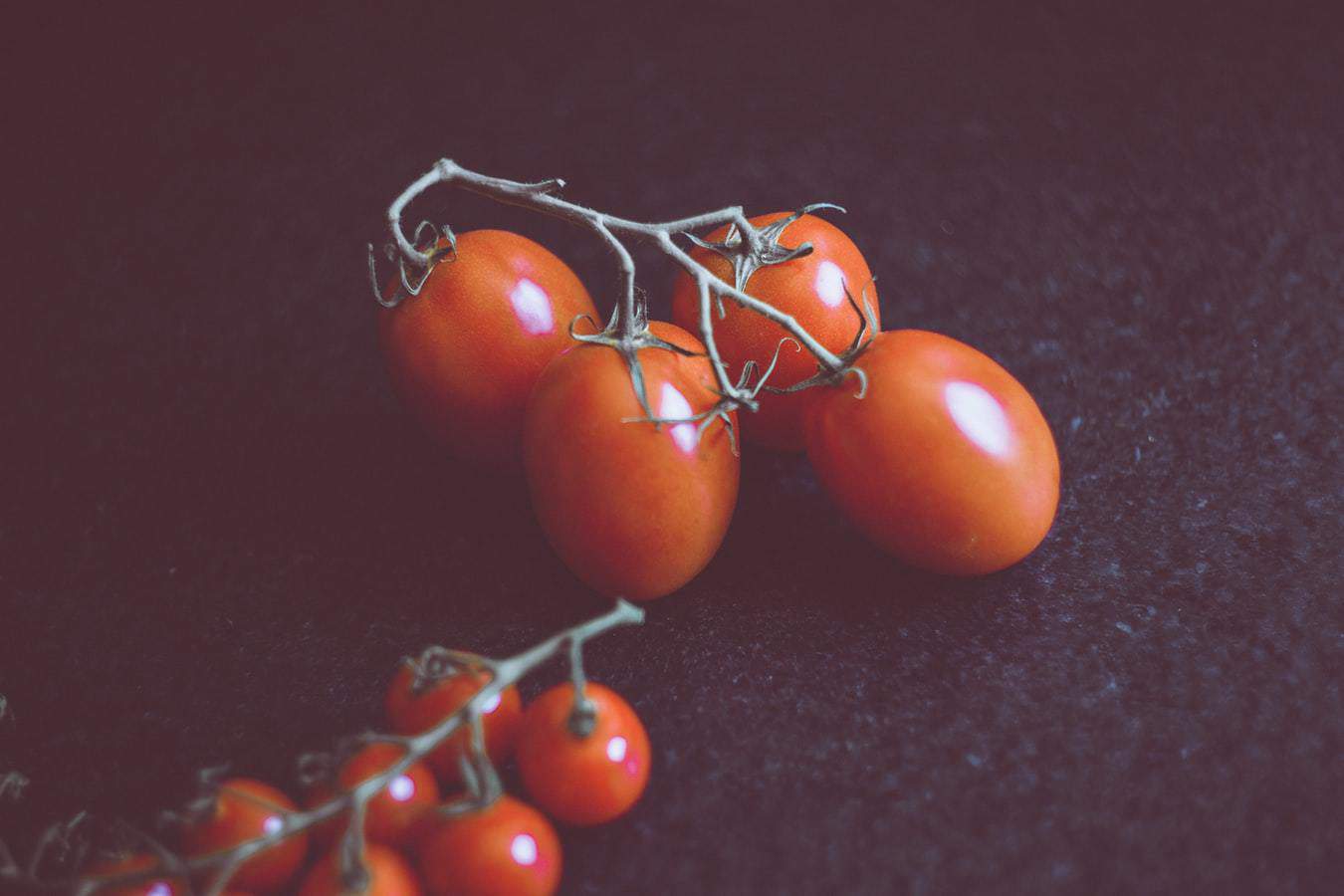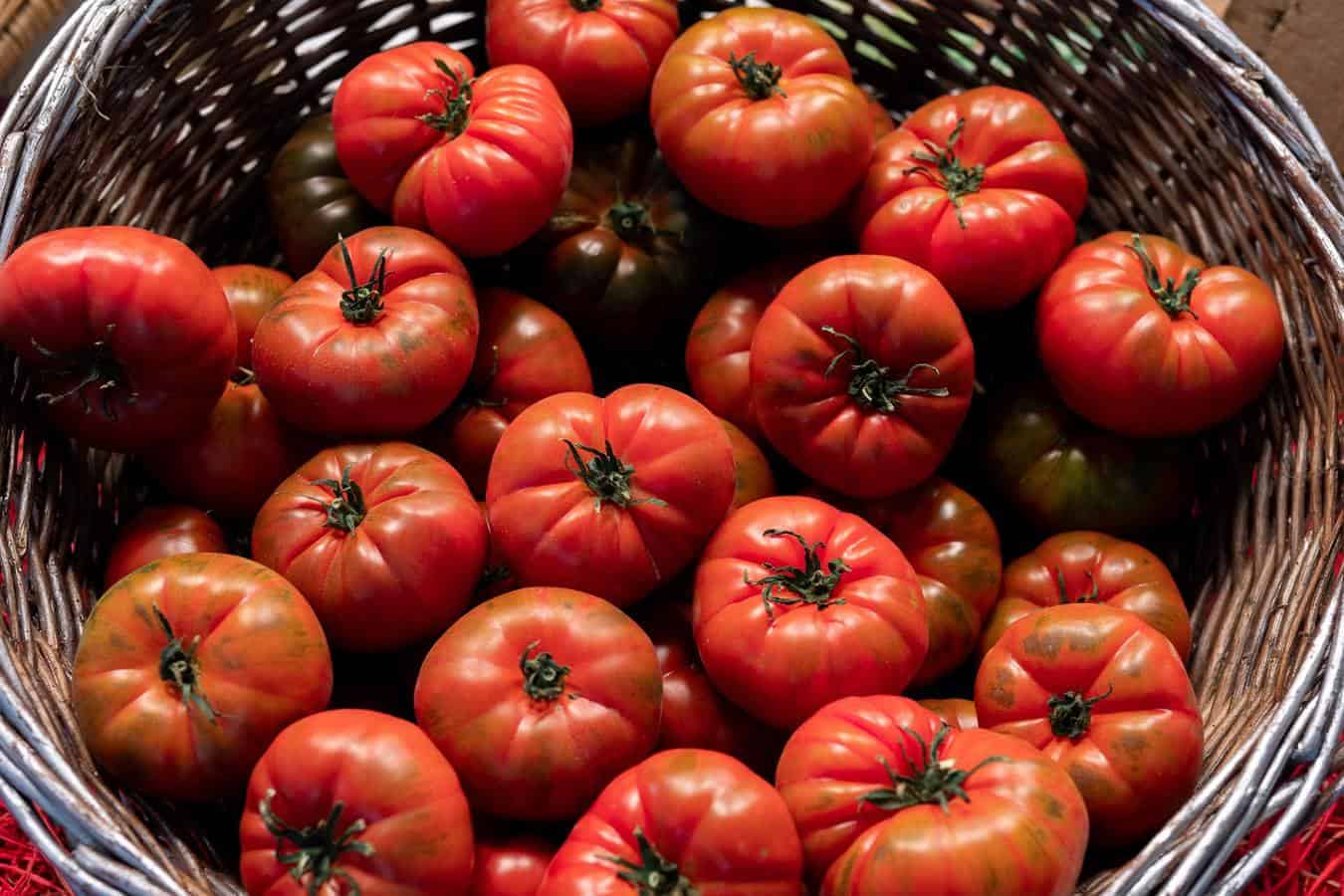Tomatoes are the quintessential summer vegetable, however it also seems to take a long time until we can eat ripe tomatoes. So, when you get a late start to the growing season, you might be wondering if there’s even enough time to plant tomatoes. I admit, I get a bit impatient whenever I see green tomatoes and wonder when they’re going to start turning red, especially as those summer days start waning. But there is a way to find out how late you can plant tomatoes and still get ripe fruit.
In most parts of the US, if transplanting tomatoes in July or planting seeds in June, you will have enough time to get a harvest for most tomato varieties. However, to get a more precise idea of how late you can plant tomatoes, you will need to consider the days to maturity for your tomato variety, your average fall frost date, and your local growing conditions. For example, an early variety of tomato might take 60 days from transplanting to give you ripe tomatoes, which means the latest you can transplant it is two months before your first frost. If you are starting from seed, add another 3 to 4 weeks.
On this page:
Understanding Days to Maturity
On most seed packets and transplant labels, you’ll find a figure for a number of days. Sometimes it’s listed as “days to maturity” but often it just says “X days” in the description.
Days to maturity refers to the number of days until you can expect to start harvesting your vegetables.
 However, when you actually start counting the days depends on the type of plant. For commonly direct-sown varieties like corn and carrots, it starts from either when the seeds first sprout or when the first true leaves start growing.
However, when you actually start counting the days depends on the type of plant. For commonly direct-sown varieties like corn and carrots, it starts from either when the seeds first sprout or when the first true leaves start growing.
For plants that are often sown indoors and transplanted outside, the days to maturity countdown starts when you transplant. Tomatoes fit into this category.
Nevertheless, exactly when you can harvest your tomatoes can vary. If you sowed your tomato seeds early, 6 to 8 weeks before your average last frost date, you can transplant as soon as nighttime temperatures stay above 50°F (10°C). If your spring is generally cool, your tomatoes will grow a bit more slowly than if the weather rapidly heats up. Some tomatoes might get transplant shock, which will usually set them back for a week or so before they continue growing.
This means the actual days to maturity can vary, but we can still use the days to maturity number as a guideline.
Early Season, Mid Season, and Late Season Tomatoes
Tomatoes vary greatly in their days to maturity, with numbers ranging from 50 days to over 80 days. Because of this, tomatoes can be generally categorized as either early season, mid season, or late season tomatoes. These terms refer to when you can expect to harvest your tomatoes (early in the season, in the middle of the season, and late in the season), not when you should plant.
Early Season Tomatoes
 Early season tomatoes typically take 50 to 70 days until your first harvest. These are the earliest tomatoes you can get, and the safest choice if you are planting tomatoes later in the season.
Early season tomatoes typically take 50 to 70 days until your first harvest. These are the earliest tomatoes you can get, and the safest choice if you are planting tomatoes later in the season.
Most early season tomatoes are either cherry tomatoes or other small to medium-sized tomato varieties.
For example, the Early Girl tomato, a dependable medium-sized hybrid tomato bred for early maturity can give you ripe tomatoes in around 57 days from transplanting. That means you should expect to get your first ripe tomatoes in two months.
If you live in a climate with a very short growing season, early season tomatoes should be a staple in your garden.
Some early season varieties include:
- Early Girl (57 days)
- Sungold Cherry (65 days)
- Celebrity (65 days)
- Bush Beefsteak (62 days)
Mid Season Tomatoes
If you plant mid season tomato plants, they should start giving you ripe tomatoes within 70 to 80 days.
Most mid season tomatoes are medium sized, although some are larger, such as the classic Beefsteak tomato, and includes a few larger cherry varieties. Mid season varieties also include some oxheart tomatoes.
The following are some common mid season tomato varieties:
- Beefsteak (75 days)
- Rosella Purple (75 days)
- Bonny Best (70 days)
- Jet Star (72 days)
- Hungarian Heart (80 days)
- Black Krim (80 days)
Late Season Tomatoes
 Expect a minimum of 80 days to harvest ripe tomatoes off late season tomato plants. These tomatoes are almost always medium to large size, and include some of the behemoth heirloom varieties.
Expect a minimum of 80 days to harvest ripe tomatoes off late season tomato plants. These tomatoes are almost always medium to large size, and include some of the behemoth heirloom varieties.
In addition, because late season tomatoes spend more time developing and ripening on the vine, they also tend to have more intense flavors.
Late season tomato varieties include the following:
- Abe Lincoln (85 days)
- Brandywine (80 days)
- Kellogg’s Breakfast (85 days)
- Cherokee Purple (80-85 days)
- Livingston’s Giant Oxheart (85 days)
How to Calculate the Latest Time to Plant Tomatoes
Now that we understand how days to maturity works and the range of days to maturity for different tomato varieties, we can apply this to do a little math (don’t worry, it’s not hard) and calculate the latest time to plant tomatoes and still get a harvest.
- First, find out the average first frost date in your area. Tomatoes are frost tender; they may not survive a light frost, and will definitely die from a hard frost without protection. You can find your local first (and last) frost dates using the tool on the Farmer’s Almanac website. Dave’s Garden also has a tool which shows the percent change of a frost throughout the fall months in your area. I go into more detail on frost dates here.
- Take the days to maturity listed for your tomato variety and start counting backwards from your average first frost date.
- The date you end up with will be the latest you can transplant your tomatoes. If you are starting from seed, add another 3-4 weeks.
- Step 3 doesn’t consider your climate, so take your local growing conditions into account. Are the fall months generally much cooler in your area? Are your tomatoes not getting full sun? These will slow down the growth of your tomato plants and extend the days to maturity by possibly a few weeks.
Let’s take a look at some examples.
Example 1: You missed early spring planting and want to start your Early Girl tomatoes. You live in Columbus, OH where your average first frost is on October 8 (if you check Dave’s Garden tool, there’s around a 50% chance of a frost by that date). When’s the latest you can plant them?
Since Early Girl tomatoes take 57 days from transplanting to give you ripe tomatoes, you can count backwards 57 days, giving you the latest possible date to transplant being August 12. However, since Columbus can get quite chilly even in September, I would feel safer with an earlier transplant date. Needless to say, if you’re transplanting in June or July, you should be able to get a harvest of Early Girl tomatoes.
Example 2: You live near Dallas, TX and a rough hailstorm destroyed your Cherokee Purple tomatoes. It’s August 1. Is it too late to replant them?
Your first fall frost is on November 22. Cherokee Purple tomatoes take 75 days from transplanting, which means the latest transplant date is September 8. Not only can you plant Cherokee Purple tomatoes and get a harvest, you could start them from seed and still have time to get ripe Cherokee Purple tomatoes.
